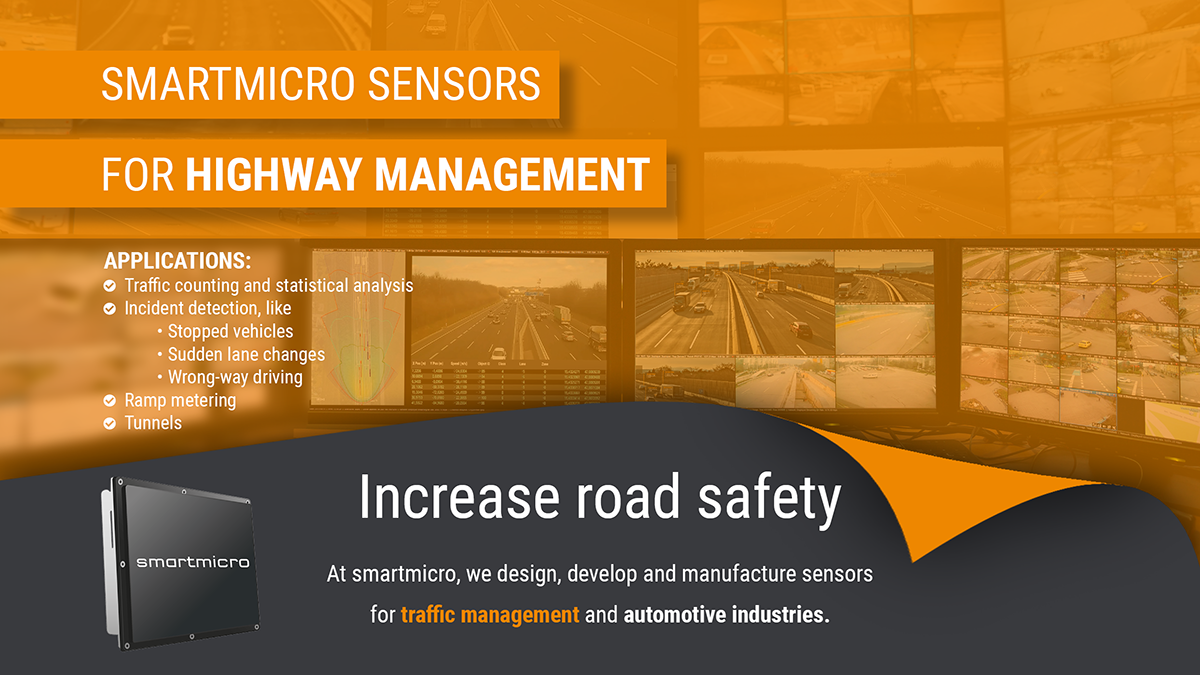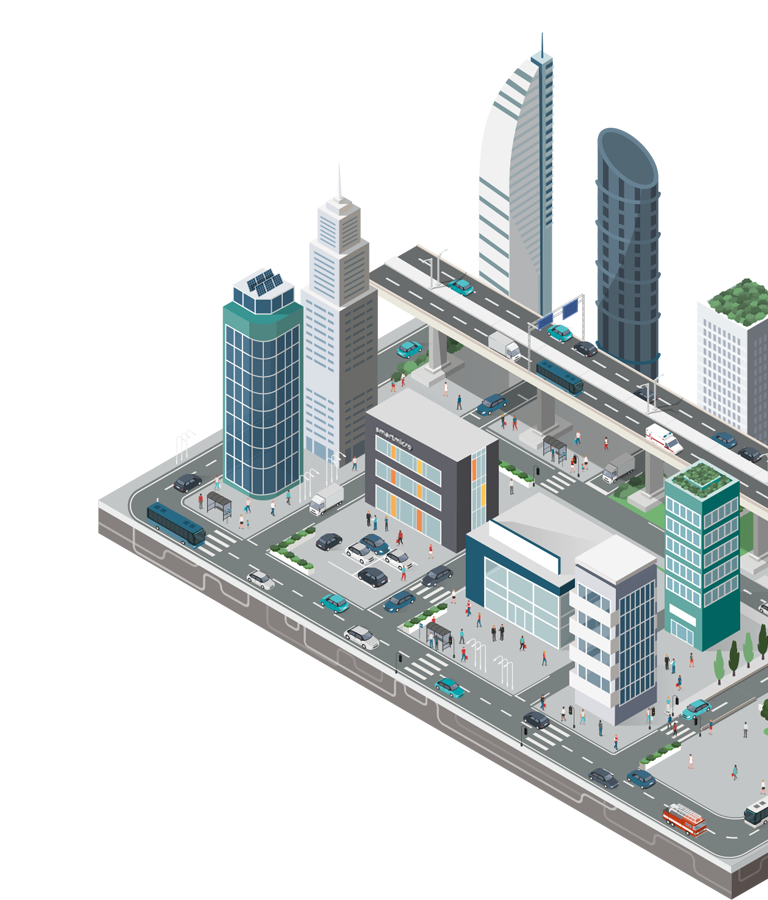Radar sensors provide real-time data that can be used to regulate the flow of traffic. Ultimately, radar detects, counts, and classifies objects. They are also capable of identifying incidents – such as stopped vehicles or wrong-way drivers. The information about traffic is directed to traffic management centers, where data controllers – automatic or manual – can initiate actions such as open lanes on smart motorways or introduce variable speed limits when required.
State-of-the-art
radar technology
Latest Releases
Super Resolution AI Tracking - Seamless Tracking
Achieve full intersection visibility, precise turning movement counts, and enhanced safety for all road users - thanks to Seamless Tracking. Our patented multi-sensor fusion technology provides real-time data, optimizing traffic flow and increased classification accuracy.
News
Why radar detection sensors are the most commonly used sensors on highways

Why radar detection sensors are the most commonly used sensors on highways

Radar sensors provide real-time data that can be used to regulate the flow of traffic. Ultimately, radar detects, counts, and classifies objects. They are also capable of identifying incidents – such as stopped vehicles or wrong-way drivers. The information about traffic is directed to traffic management centers, where data controllers – automatic or manual – can initiate actions such as open lanes on smart motorways or introduce variable speed limits when required.
Meet us

Why radar detection sensors are the most commonly used sensors on highways

Radar sensors provide real-time data that can be used to regulate the flow of traffic. Ultimately, radar detects, counts, and classifies objects. They are also capable of identifying incidents – such as stopped vehicles or wrong-way drivers. The information about traffic is directed to traffic management centers, where data controllers – automatic or manual – can initiate actions such as open lanes on smart motorways or introduce variable speed limits when required.


